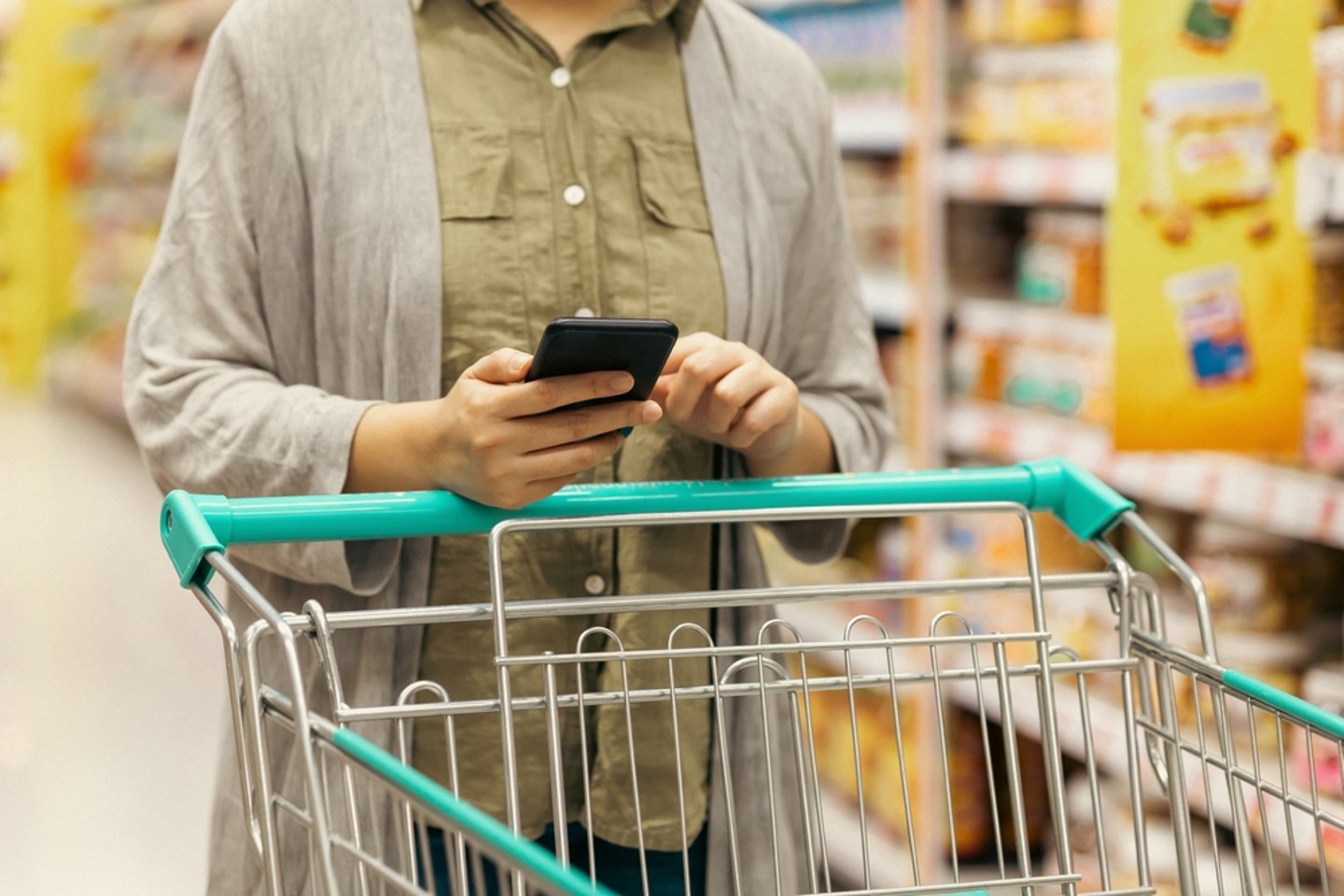5 Apps Influencing Grocery Consumer Behavior in 2025
Humans and technology interact through a flywheel-like relationship. Humans create technology, the technology then influences their behavior and habits, and we go back again through the feedback loop.
Today, technology is an essential part of human life, especially for Millennials and Gen Zers, who spend, on average, seven hours per day on their phones. Both of these generations have been exposed to technology from a young age, which has affected their mental models and expectations as consumers. This pattern is evident in the grocery sector, too, where 67% of Americans reported occasionally shopping online in the past year, according to FMI's 2024 "Report on U.S. Grocery Shopper Trends."
[RELATED: Evolving Shopping Experiences for the Health-Conscious Consumer]
With the growing adoption of online/mobile surfaces, here’s a look at some of the apps in the grocery shopping space that are positioned to influence customer behavior in 2025.
1. TikTok: The Recipe Machine
A survey from 2021 found that nearly half of Millennials are bored with the recipes they know and that 73% of Gen Z and Millennial parents are looking for recipe inspiration. They often seek new recipe ideas to break the monotony, turning to TikTok and Instagram for inspiration. TikTok has garnered customer attention because of its perceived authenticity and “fun” video format. Products featured in viral TikTok recipes (e.g., cucumber salad, baked feta pasta) see sales surges of up to 300% within days, often causing shortages.
2. Yuka: For Nutrition Seekers
Gen Z is a health-seeking cohort, with 66% using wearables and 55% taking advantage of telemedicine services to monitor well-being. 56% of this cohort spend more on preventive health care measures than on reactive treatments. A significant part of their prevention journey is consuming foods more consciously by understanding their overall impact on their bodies and well-being.
Yuka is an app that brings transparency into the nutrition of packaged foods by providing a score between 0 and 100 (100 being the best), and flagging artificial and not-good-for-you ingredients within the item. Fourteen million U.S. users (20,000 new daily downloads) scan products on Yuka for ingredient safety, with 85% altering their purchasing habits based on the app’s ratings, indicating a significant change in purchase decisions because of the app.
3. Too Good To Go: Against Food Waste
Grocery shoppers hold individual consumers responsible for reducing food waste, but perceptions of accountability are changing. Retailers are facing growing criticism for practices like strict cosmetic standards (rejecting “ugly” produce) and overstocking shelves, both of which result in increased food waste.
Too Good To Go is an app that connects users with surplus food from grocery stores and restaurants. Users can buy “surprise bags” containing food and grocery items that are nearing their expiration dates. The bags are typically sold at one-third of the retail price, reducing waste while also increasing access to affordable food. Too Good To Go has more than 100 million registered users worldwide as of 2024 – 1.6 million-plus active users in the United States – and is actively expanding its reach within the U.S. market.
4. Caper Cart: Reimagining In-store Shopping
Ninety-three percent of grocery shoppers in 2025 expect to shop both online and at physical stores. Despite this omnichannel behavior, consumers do 80% of their grocery shopping at brick-and-mortar stores. With mobile apps and ordering, consumers are accustomed to bringing physical spaces into the digital world, so it’s only right that the next generation of innovation should bring digital experiences into physical spaces.
Caper is a smart-cart company acquired by Instacart that enhances the regular shopping cart with additional hardware, such as a tablet screen, cameras and other technology to help shoppers find items in the store, manage lists, receive item recommendations and pay for items. The carts provide customer value through features focused on gamification, personalization, loyalty integration and advertising. According to Instacart, the product has a 70-plus net promoter score (NPS), with users spending 30-plus minutes per session interacting with the cart’s screen, signaling a promising product-market fit.
5. Artificial Intelligence: The Enabler
AI technology has the capability to enhance every aspect of the grocery journey. We see customers use GenAI to spark recipe ideas and to create nutritious meal plans for their families. Retailers have also made investments in this space: Target has rolled out an AI chatbot for store associates, Albertsons has piloted an AI-based forecasting solution to reduce food waste, and Kroger has deployed AI in its self-checkout flow to detect customer omissions.
The latest development in this space has been the beta launch of the Operator tool by OpenAI, which places online orders on the customer’s behalf via the Instacart app. We have only scratched the surface of AI’s capabilities, and we expect to see many more breakthrough flows created by AI in 2025.
In Summary
Advances in technology are causing micro shifts in grocery consumer behavior and slowly but permanently shaping the mental models. For businesses, early adoption and strategic integration of technology will be vital to maintain competitive advantage. They should focus on developing robust yet flexible infrastructure that can integrate with multiple technology solutions, and on developing a workforce that can comfortably navigate and champion new technologies. Ultimately, there is an advantage in being a first mover in this space, because businesses that are successful early will grab the lion’s share of the market and set new standards for other players to follow.






